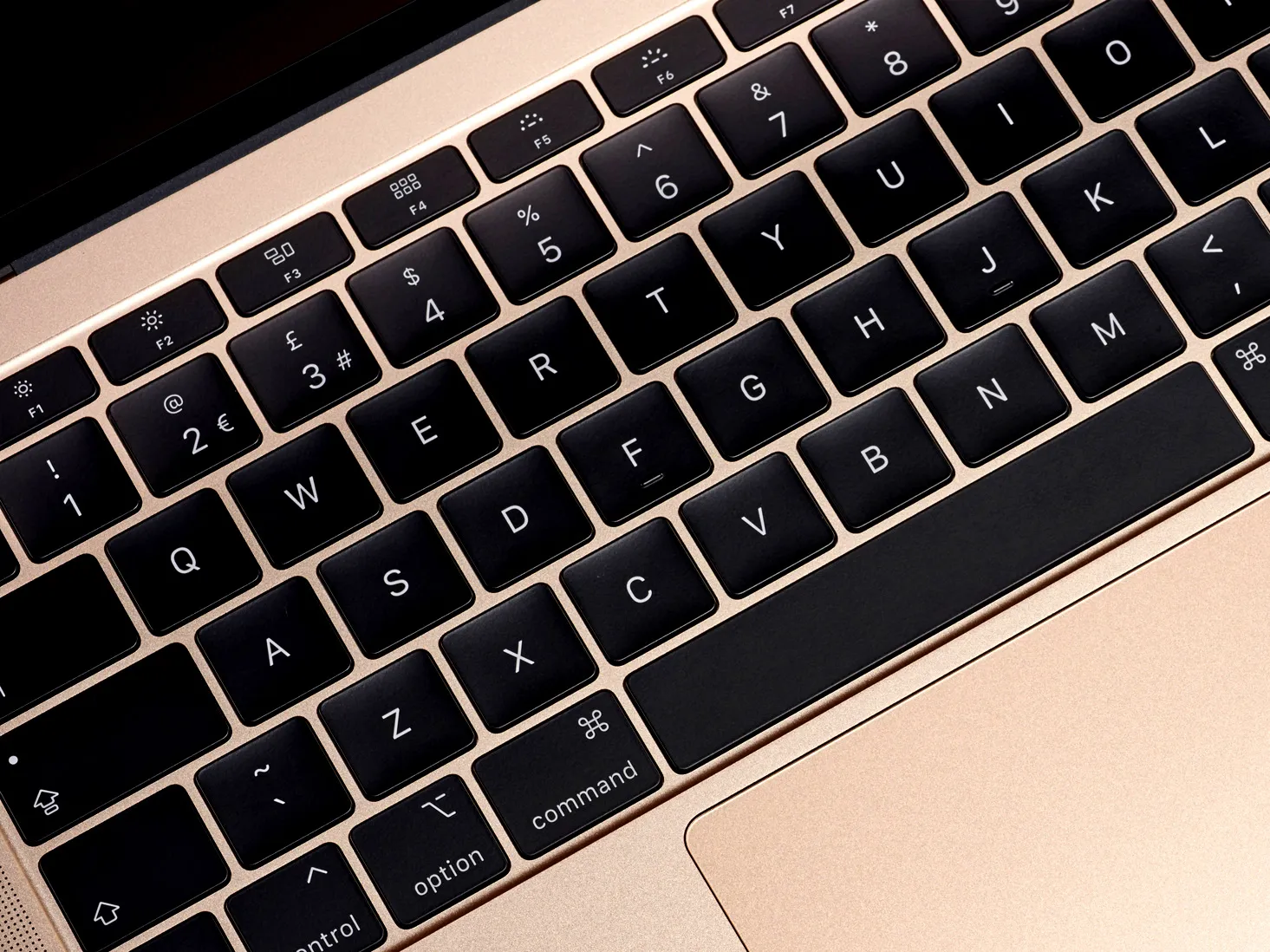Ah, the MacBook butterfly keyboard. A design that fluttered into our lives with the grace of a drunken moth and left many users typing with the fury of a thousand suns. But fear not, dear tech enthusiasts, for there’s a silver lining to this cloudy keyboard conundrum!
Apple’s Butterfly Keyboard: A Brief History
Back in 2015, Apple introduced the butterfly keyboard mechanism with its svelte 12-inch MacBook. The design promised a thinner profile and more stable keystrokes. Little did we know, it would also promise hours of frustration and impromptu percussion solos as users desperately tried to unstick keys.
The butterfly spread its wings across the MacBook Pro in 2016 and the MacBook Air in 2018. However, this butterfly effect wasn’t causing hurricanes – it was causing headaches. Users reported issues ranging from sticky keys to complete keyboard failures, often triggered by the tiniest specks of dust or debris. It was like having a keyboard with a severe allergy to… well, everything.
The Fallout and Apple’s Response
As complaints piled up faster than unresponsive keys, Apple launched a Keyboard Service Program in 2018. The catch? They were replacing faulty butterfly keyboards with… more butterfly keyboards. It was like trying to fix a leaky boat by replacing it with an identical leaky boat.
By late 2019, Apple finally saw the light (or perhaps heard the collective screams of frustrated typists) and reverted to a scissor-switch design. In 2020, they introduced the new Magic Keyboard, which proved to be far more durable and, dare we say, magical in its ability to actually work.
The Legal Flutter
In a plot twist worthy of a tech thriller, a class-action lawsuit was filed against Apple in 2018. The lawsuit claimed the butterfly keyboard was about as functional as a chocolate teapot. In 2022, Apple agreed to a $50 million settlement while adamantly denying any wrongdoing. (We can almost hear the PR team sweating from here.)
Show Me the Money!
Fast forward to 2024, and the settlement checks are finally fluttering their way to affected customers. Here’s the breakdown:
- If you had two or more top-case replacements within four years of purchase, you’re looking at a cool $300 to $395.
- One replacement? You could receive up to $125.
- Only needed keycap replacements? You’ll get a maximum of $50.
It’s worth noting that this settlement only applies to customers in California, New Jersey, Illinois, Michigan, Washington, Florida, and New York who required repairs or replacements.
What This Means for the Tech Industry
This saga serves as a cautionary tale for tech companies. Innovation is great, but not at the expense of basic functionality. It’s a reminder that sometimes, the tried-and-true methods (like scissor-switch keyboards) are tried-and-true for a reason.
For consumers, it’s a win for accountability. While $50 million might be pocket change for Apple, it sets a precedent for holding tech giants responsible for design flaws that impact user experience.
The Future of Keyboard Design
As we move forward, we can expect companies to focus more on durability and user testing before rolling out radical design changes. The butterfly keyboard fiasco has likely made many manufacturers think twice before prioritizing form over function.
In Conclusion
While the butterfly keyboard may have caused its fair share of frustration, it’s refreshing to see a resolution, however belated. As technology continues to evolve, let’s hope this serves as a reminder that sometimes, the most innovative solution is the one that simply works.
So, to all the MacBook users who battled sticky keys and lived to tell the tale – your persistence has paid off. May your future typing experiences be smooth, responsive, and decidedly un-butterfly-like!
